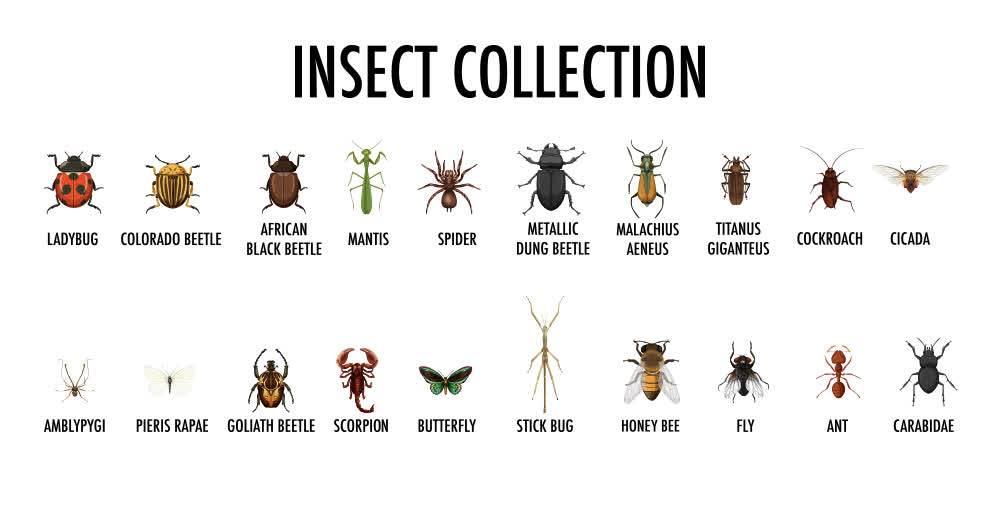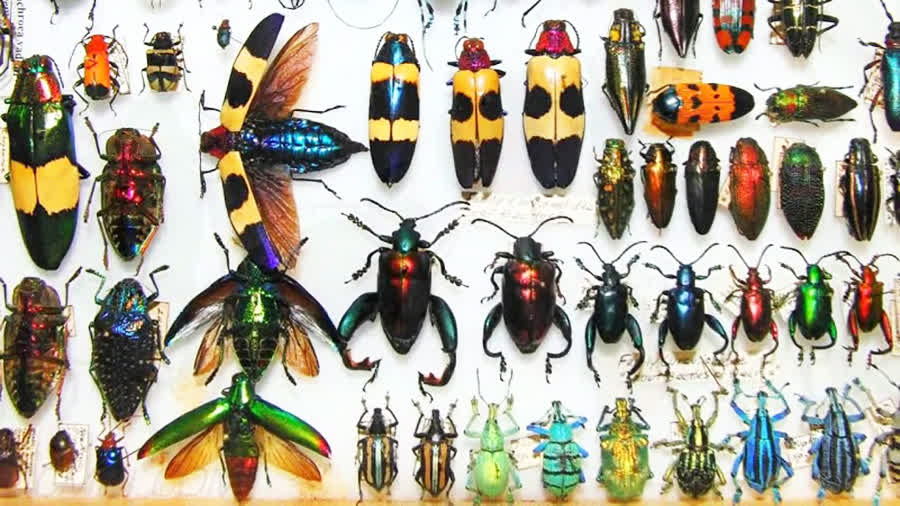Plenty of people collect insects collecting as well as spiders, butterfly, and try to build a collection. Not only, you would be able to gain a pet but also you would be able to pride of plenty of exotic pets as well.
Most insects are small size and most people cannot be recognized this insects without examining the exact morphology, entomologists often create and maintain insect populations. so large collections are kept in museums or colleges and universities, where they are kept and studied by professionals
Insects are the most common form of wildlife encountered by people and are excellent models of living systems useful in learning about several fields of science.
What is the type of Insect collecting?
1- General Collection:
no specific species or group of insect or arthropod is targeted. All specimens are of equal interest.
Typically general collections are used to research a particular habitat or location,
2- Casual Collection:
no specific intent to obtain specimens. Typically the insect or arthropod is encountered serendipitously and is collected to determine its identity or document its presence.
3- Formal Collection:
collection of specimens is intentional and often based on a specific protocol.
4- Qualitative Collection:
no attempt is made to quantify collecting effort, sample size, catch, etc.
Typically only the presence or absence of a particular species or group is of interest. Collection events (samples) are not equivalent and cannot be compared beyond presence/absence of a particular taxon.
5- Quantitative Collection:
one or many of the aspects of the collecting is held constant, for example area, time, effort, etc. Collection events (samples) can be compared among one another.
How to collect insect?
1- Flying insects, can be captured by netting them in the air. and other insects such as nectar feeders, as well as a myriad of plant feeders are best collected with the net as they rest on plants.
These insects are collected by sweeping weeds, grass, or any other foliage with the collecting net- swinging the net back also forth, and scraping the foliage with each pass as you walk along.
2- Most insects can be simply picked out of the net by hand, with forceps, dropped in a collecting container. However, a few, like bees and wasps, may inflict a painful bite or sting if handled.
So killing these and other small flying insects that readily escape the net, first rapidly sweep the net through the air to force the insects to the bottom of the net, then put the portion of the net containing the insects in the killing jar.
3- Place the lid on the jar for a few minutes until the insects become lifeless. also , Once immobilized, they may be safely dumped directly from the net into the killing jar without danger of them biting or escaping.
Advantages of insect collecting:
1- Knowing about biodiversity.
2- you gained more information about insects and spiders.






